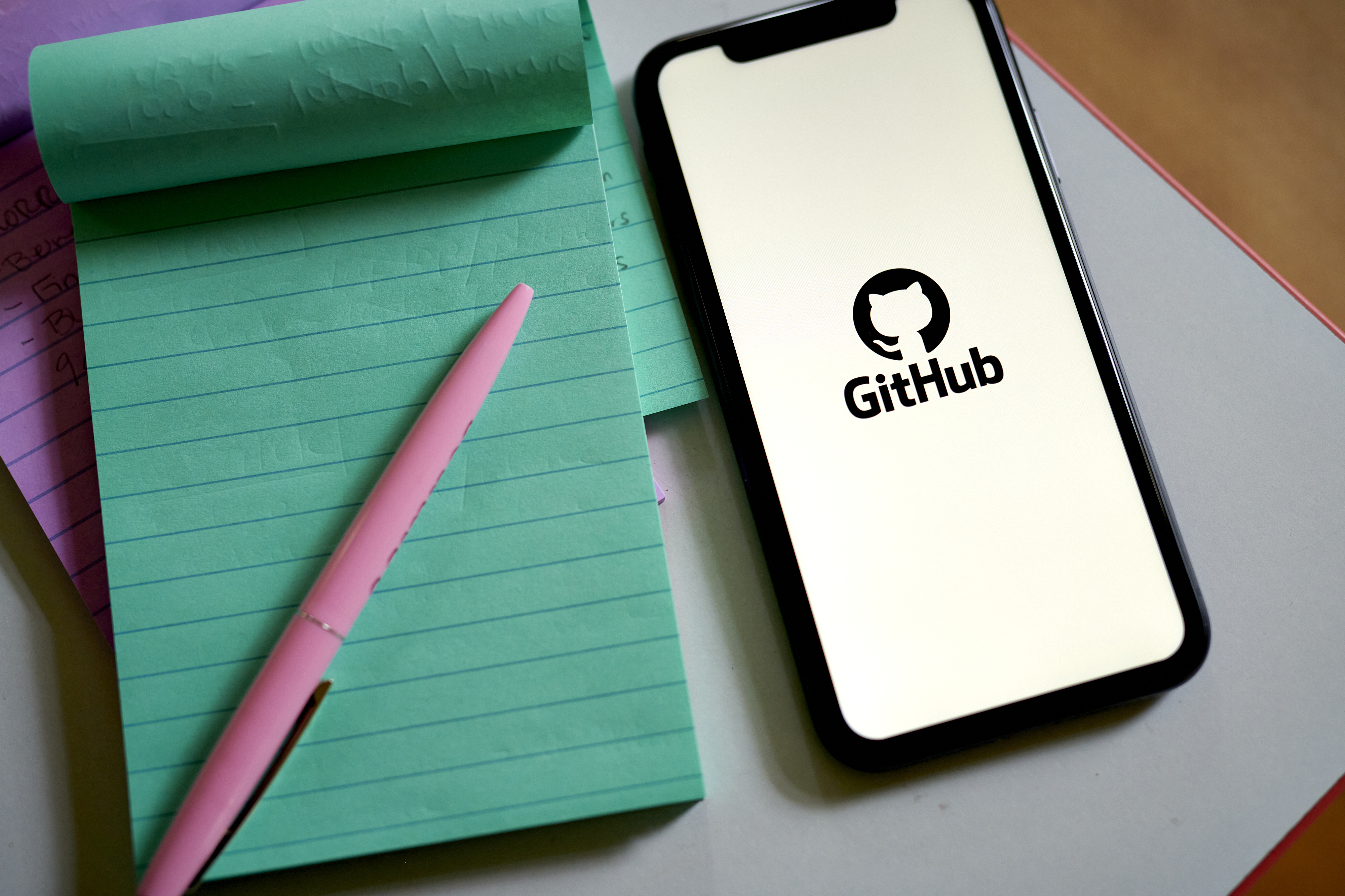LastPass breach comes back to haunt users as hackers steal $12 million in cryptocurrency
The hackers behind the LastPass breach are on a rampage two years after their initial attack


A major data breach at password manager firm LastPass in 2022 is still causing mayhem two years later, with cyber criminals using stolen information to carry out further attacks.
According to data collated by crypto investigator ZachXBT, hackers stole $12.38 million in cryptocurrency from LastPass users on 16 and 17 December.
The attackers drained nearly 150 individual victim addresses, according to the analysis, with ZachXBT noting the stolen money was quickly converted into different currencies and syphoned away.
“The stolen funds were swapped for ETH and transferred to various instant exchanges from Ethereum to Bitcoin,” ZachXBT wrote in his Telegram channel.
This activity is the most recent example of criminal activity linked to the 2022 LastPass breach, with cyber criminals stealing approximately $4.4 million from over 25 victims on 25 October 2023.
Breaking the news, ZachXBT urged readers to move their cryptocurrencies if they might have been impacted by the LastPass incident.
“I cannot stress this enough, if you believe you may have ever stored your seed phrase or keys in LastPass, migrate your crypto assets immediately.”
Sign up today and you will receive a free copy of our Future Focus 2025 report - the leading guidance on AI, cybersecurity and other IT challenges as per 700+ senior executives
Jamie Moles, senior technical manager at ExtraHop, said the drawn out effects of cyber breaches are becoming all too familiar, noting it’s likely the true scale of the fallout associated with the incident is yet to be fully comprehended.
“This is just the most recent in an ongoing stream of crypto thefts affecting victims of the LastPass breach. With this new information coming to light two years on , we can assume we still don’t understand the full extent of the damage,” he explained.
“The long-tail effects of hacks on even the most sophisticated organisations underscores how important it is to get cybersecurity right in the first place. We know that there are going to be new exploits and unknown threats coming at enterprise and public sector organisations. Using signatures and rules to detect known attack vectors isn’t enough, and it hasn’t been for some time.”
What happened with the LastPass breach?
The original incident, believed to have begun in August 2022, saw hackers use stolen information from a compromised developer environment to eventually lift API tokens, MFA seeds, customer keys, and source code.
On 25 August 2022, Karim Toubba, CEO at LastPass, published a notice warning users that suspicious activity had been detected inside the company’s development environment.
“We have determined that an unauthorized party gained access to portions of the LastPass development environment through a single compromised developer account and took portions of source code and some proprietary LastPass technical information. Our products and services are operating normally.”
Although the company said no customer or password information was compromised in September, Toubba issued a statement on 30 November warning that hackers had used information stolen in August to gain access to its third-party cloud storage service.
RELATED WHITEPAPER

In December 2022, LastPass found that the hackers were able to access LastPass customer account information as well as backups of the customer vault data.
Compromised data included “unencrypted data, such as website URLs, as well as fully-encrypted sensitive fields, such as website usernames and passwords, secure notes, and form-filled data”.
Finally, in March 2023 LastPass revealed the threat actors behind the attack had gained access to the personal device used by a senior DevOps engineer after reportedly exploiting a vulnerability in their Plex Media software.
The hackers appeared to be looking for decryption keys they could use to access the customer vaults they had stolen in November 2022.
It looks as if these activities were largely successful as the group continued to their rampage draining crypto accounts of users impacted by the breach years after the fact, underscoring the ‘long-tail effect’ breaches can have.

Solomon Klappholz is a former staff writer for ITPro and ChannelPro. He has experience writing about the technologies that facilitate industrial manufacturing, which led to him developing a particular interest in cybersecurity, IT regulation, industrial infrastructure applications, and machine learning.
-
 Trump's AI executive order could leave US in a 'regulatory vacuum'
Trump's AI executive order could leave US in a 'regulatory vacuum'News Citing a "patchwork of 50 different regulatory regimes" and "ideological bias", President Trump wants rules to be set at a federal level
-
 TPUs: Google's home advantage
TPUs: Google's home advantageITPro Podcast How does TPU v7 stack up against Nvidia's latest chips – and can Google scale AI using only its own supply?
-
 Thousands of exposed civil servant passwords are up for grabs online
Thousands of exposed civil servant passwords are up for grabs onlineNews While the password security failures are concerning, they pale in comparison to other nations
-
 Gen Z has a cyber hygiene problem
Gen Z has a cyber hygiene problemNews A new survey shows Gen Z is far less concerned about cybersecurity than older generations
-
 Passwords are a problem: why device-bound passkeys can be the future of secure authentication
Passwords are a problem: why device-bound passkeys can be the future of secure authenticationIndustry insights AI-driven cyberthreats demand a passwordless future…
-
 LastPass just launched a tool to help security teams keep tabs on shadow IT risks
LastPass just launched a tool to help security teams keep tabs on shadow IT risksNews Companies need to know what apps their employees are using, so LastPass made a browser extension to help
-
 The NCSC wants you to start using password managers and passkeys – here’s how to choose the best options
The NCSC wants you to start using password managers and passkeys – here’s how to choose the best optionsNews New guidance from the NCSC recommends using passkeys and password managers – but how can you choose the best option? ITPro has you covered.
-
 I love magic links – why aren’t more services using them?
I love magic links – why aren’t more services using them?Opinion Using magic links instead of passwords is safe and easy but they’re still infuriatingly underused by businesses
-
 Password management startup Passbolt secures $8 million to shake up credential security
Password management startup Passbolt secures $8 million to shake up credential securityNews Password management startup Passbolt has secured $8 million in funding as part of a Series A investment round.
-
 GitHub launches passkeys beta for passwordless authentication
GitHub launches passkeys beta for passwordless authenticationNews Users can now opt-in to using passkeys, replacing their password and 2FA method